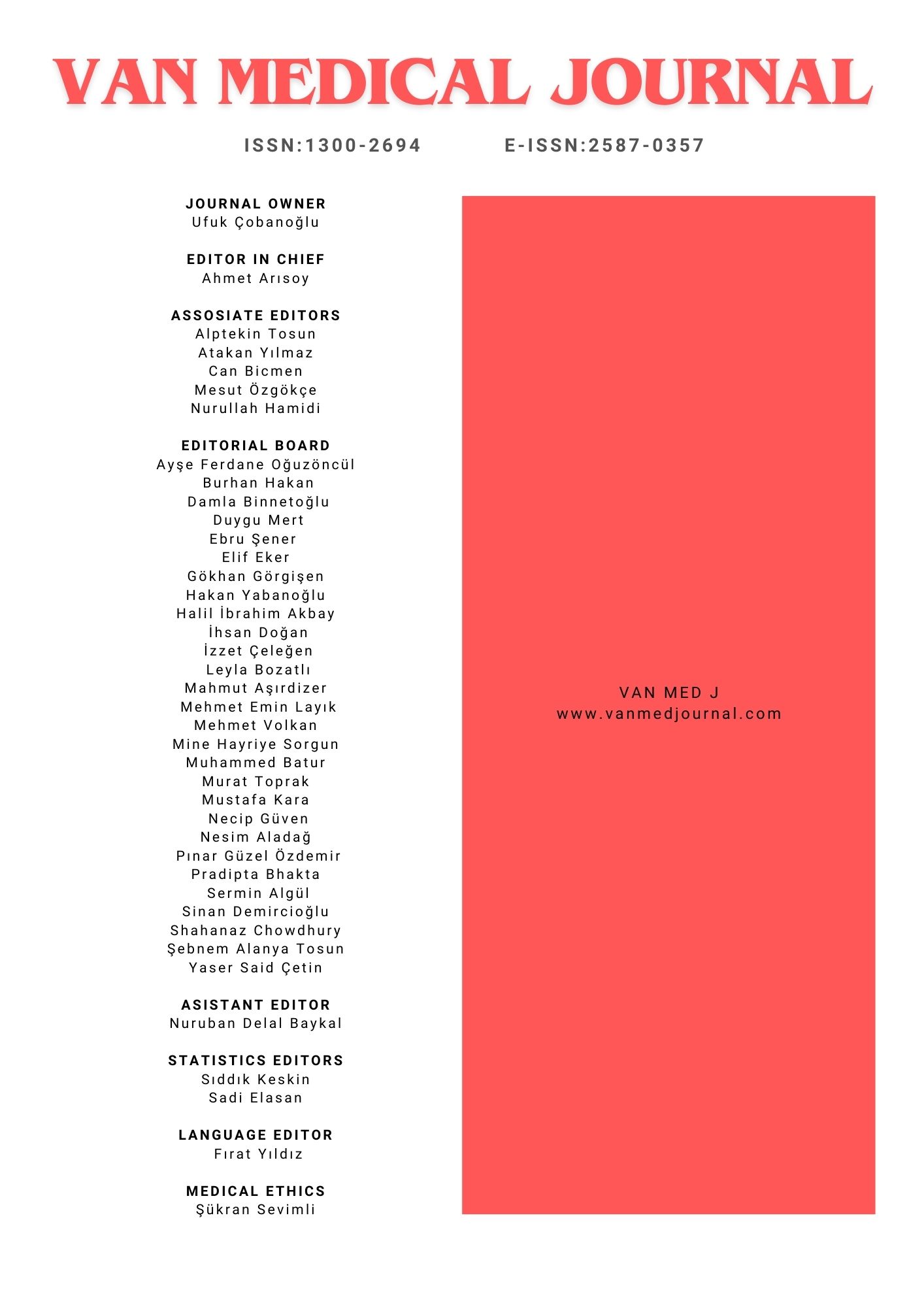The analysis of laboratory sample rejections and the effect of training on the rejection rate
Aysun EkinciDicle University Hospital Central Biochemistry Laboratory, Diyarbakır, TurkeyINTRODUCTION: The management of preanalytical errors is an important role in contributing to the more effective and reliable study of patient outcomes. The aim of this study is to determine the frequency of the sample rejection of the preanalytical turn, to classify, to evaluate the effect of the education on errors.
METHODS: : The rejected samples for the first six months of 2016 were analyzed. Red rates were classified according to the preanalytical errors and the place where they were analyzed. After the training, the same analysis was conducted again in the second half of the year and the effect on the sample rejection rates was followed.
RESULTS: The first half of 2016 was 641.218, the last half 603.688 samples 1.244.906 samples were accepted in 1 year. In the first 6 months 7908 the last 6 months 8150, at the end of 1 year 16058 samples were rejected. The total sample rejection rate was 1.29%, 1.23% in the first 6 months and 1.35% in the last 6 months. The most frequent cause was the clotted sample (62.73%) and the insufficient sample (18.8%). Clotted samples were often seen in blood gas and hemogram (whole blood count) samples. There was a decrease in the rejection rates of the samples in biochemistry, hemogram and HbA1c after training (p <0.05). Decrease according to the reasons for rejection was statistically significant in false request and false barcode samples (p <0.05).
DISCUSSION AND CONCLUSION: Increasing the frequency of trainings to improve quality will help me achieve the expected reduction in overall deficiencies.
Laboratuvarda numune redlerinin analizi ve eğitimin etkisi
Aysun EkinciDicle Üniversitesi Hastaneleri Merkez Biyokimya Laboratuvarı, Diyarbakır, TürkiyeGİRİŞ ve AMAÇ: Preanalitik hataların yönetimi hasta sonuçlarının daha etkin ve güvenilir olarak çalışılmasına katkı sağlamada önemli bir yere sahiptir. Bu çalışmanın amacı preanalitik döneme ait numune reddinin görülme sıklığını tespit etmek, sınıflamak, eğitimin hatalar üzerine etkisini değerlendirmektir.
YÖNTEM ve GEREÇLER: 2016’nın ilk altı ayı reddedilen numuneler analiz edildi. Red oranları preanalitik hatalar ve analiz edildiği yere göre sınıflandırıldı. Eğitimden sonra yılın ikinci yarısında tekrar aynı analiz yapılarak eğitimin numune red oranlarına etkisi takip edildi.
BULGULAR: 2016 yılının ilk yarısı 641.218, son yarısı 603.688 numune 1 yılda toplam 1.244.906 numune kabul edildi. İlk 6 ay 7908 son 6 ay 8150, 1 yılın sonunda 16058 numune reddedildi. Toplam numune red oranı %1.29, ilk 6 ay %1.23, son 6 ay %1.35 idi. En sık neden pıhtılı numune (%62.73) ikinci sırada yetersiz numune (%18.8) tespit edildi. Pıhtılı numuneler sıklıkla kan gazı ve hemogram (tam kan sayımı) numunelerinde görüldü. Eğitim sonrasında biyokimya, hemogram ve HbA1c biriminde çalışılan numunelerin red oranlarında azalma saptandı (p< 0.05). Red nedenlerine göre azalma ise yanlış istem ve hatalı barkodlama olan numunelerde istatistiksel olarak anlamlıydı (p< 0.05).
TARTIŞMA ve SONUÇ: Kaliteyi iyileştirmek için eğitimlerin sıklığını artırmak tanımladığımız hataların tümünde beklenen azalmaya ulaşmamıza yardımcı olacaktır.
Corresponding Author: Aysun Ekinci, Türkiye
Manuscript Language: Turkish

